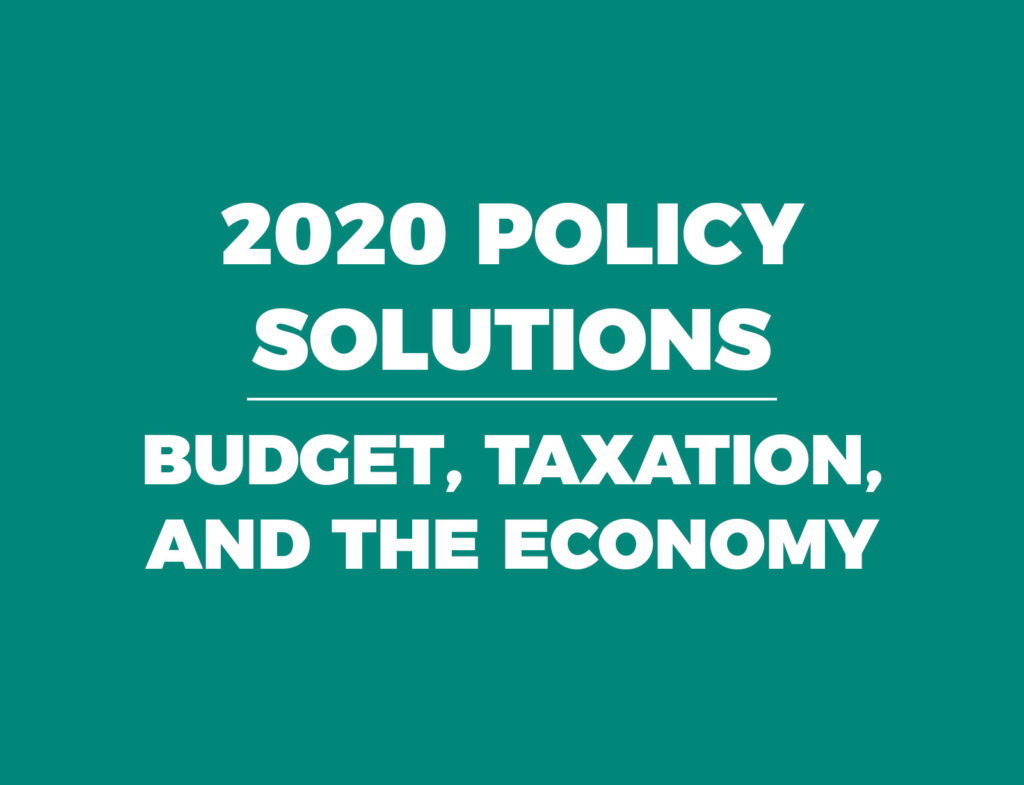Introduction
Cities across the state have allocated millions of taxpayer dollars for bike lanes and bike share programs. Despite all the money being spent, bicycling remains an infrequent form of commuting.
Good statistics about biking are scarce, but one of the few sources available is the 2014 U.S. Census Bureau report, “Modes Less Traveled – Bicycling and Walking to Work in the United States: 2008-2012.” The report contains numbers from the 2000 census and the American Community Survey (ACS). According to the report, across the 50 largest cities in America, only 1 percent commute by bicycle. In North Carolina, it is even fewer.
Cities with large numbers of bicycle commuters tend to be small or have very dense populations. Census data reveal that most bicycle commutes were between 10 and 14 minutes. For longer trips, the numbers drop off significantly. Additionally, the 10 cities in the “Modes Less Traveled” report that have the highest rates of bicycling to work also have an average population density of around 8,000 per square mile. Raleigh’s population density is around 3,000 per square mile, and Charlotte’s is around 2,700 per square mile. In North Carolina, people choose to live farther from where they work, making a bike commute relatively difficult.
The lowest rates of cycling in the United States are also in the South. The reasons are likely a combination of geography and density, culture, and climate. Policymakers should recognize that biking as transportation is not something that North Carolinians demand. Low rates of bike ridership are not primarily about the provision of bike lanes.
Not only are the numbers of people cycling in North Carolina’s largest cities low — less than 1 percent — but any increases in those numbers are so small as to be statistically insignificant in the Census Bureau data. Over roughly 10 years and with millions of dollars in investment, the numbers remain small and are barely growing.
Infrastructure like bike lanes diverts money from road projects and reduces existing capacity for motorized transportation on roads by converting some portion of that paved space. Government at all levels — local, state, and federal — should meet the infrastructure needs of drivers. Building lanes for which there is little demonstrated demand to promote a “green, healthy lifestyle,” while well-intentioned, is to put the preferences of government above the choices of individuals.
Key Facts
- According to the N.C. Department of Transportation, “Since 2004, more than $4.5 million has been awarded to help more than 170 communities develop comprehensive bicycle and pedestrian plans. North Carolina has more than 5,000 lane miles of signed on-road bicycle routes.”
- Across North Carolina, local governments spend additional millions of dollars on on-road bike lanes. In 2015, the city of Raleigh alone spent $4.62 million on bike lanes.
- Despite millions of dollars spent on infrastructure, bicycling in North Carolina has barely grown at all over the last decade. Today, bicycling remains a largely insignificant form of commuting in North Carolina with only 0.2 percent of commuters in Charlotte and 0.6 percent in Raleigh using bicycles.
- North Carolina’s cities don’t fit the profile of easily bikeable cities, with population densities far lower than cities with large numbers of bicycle commuters.
Recommendations
- Leaders at the N.C. Department of Transportation and in North Carolina’s cities should rely on demonstrated widespread demand for bike infrastructure before spending tax dollars on these projects. Bike lanes reduce the number of lanes available for cars and parking, increasing congestion and travel times. Money spent on bicycling infrastructure reduces the money available for improving roads used by the clear majority who travel by car. The needs of that majority should not be ignored to impose the “green, healthy lifestyle” goals of some legislators and city councilors.
- Local governments should invest in on-road bike lanes only where there is significant demonstrated demand for that infrastructure, such as in some small number of university towns. Even then, bicycle lanes should not come at the expense of car lanes or impede the flow of traffic in any way.



